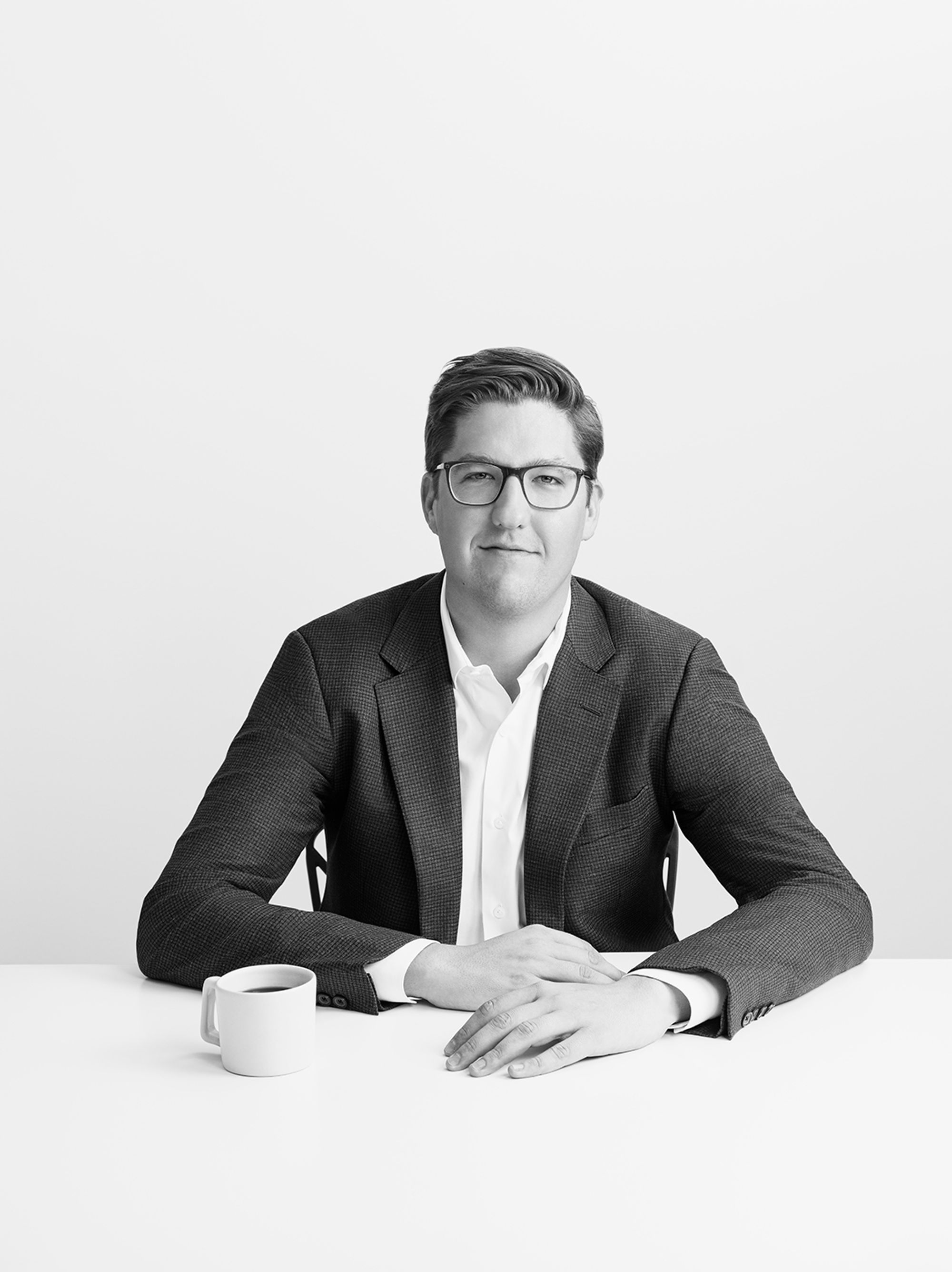
Spencer Bailey. Photo by Ogata.

Spencer Bailey. Photo by Ogata.
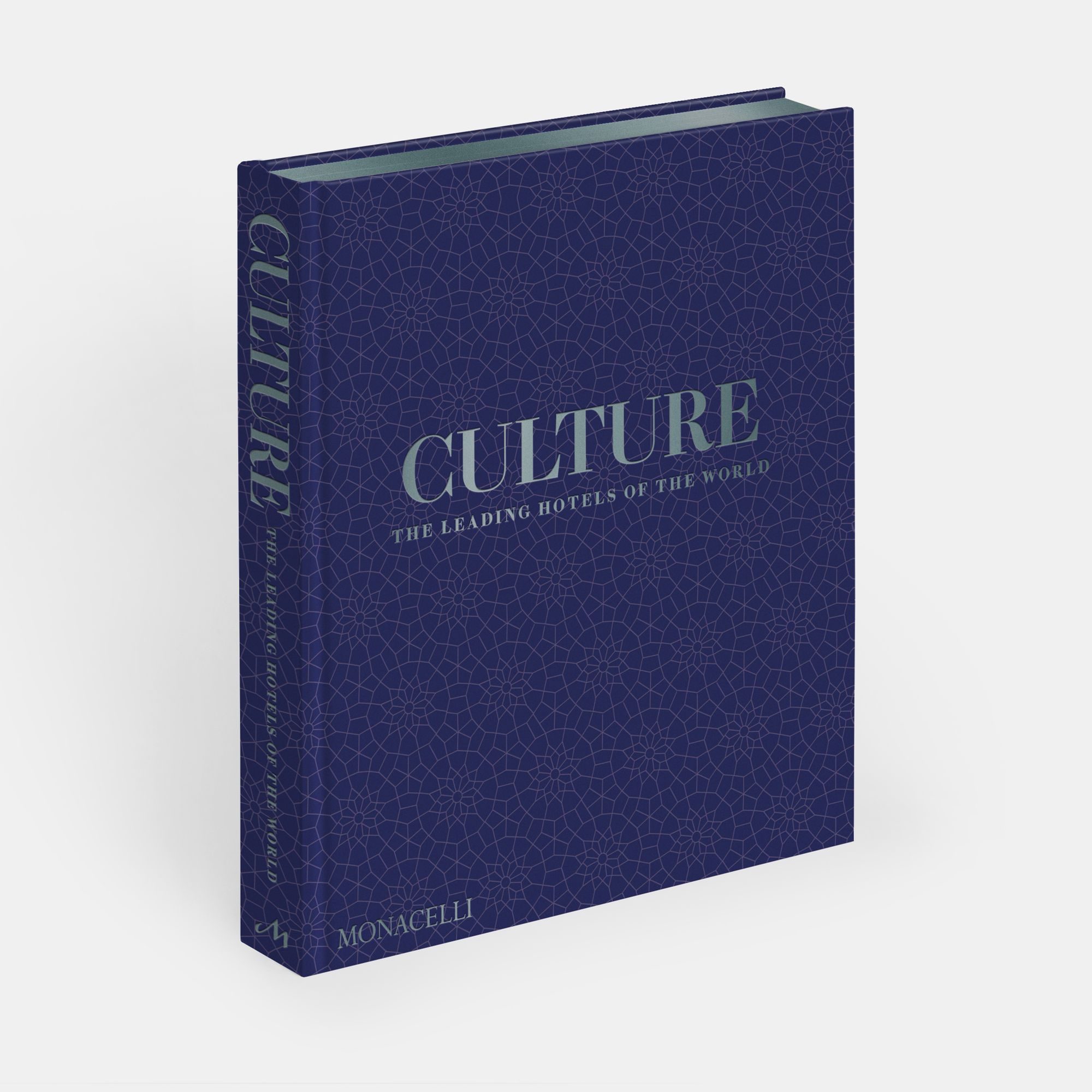
3D Bookshot of Culture: The Leading Hotels of the World. Spencer Bailey, with a foreword by Pico Iyer. The Monacelli Press.
It’s hard to slow down in a modern world, let alone a media landscape, built on speed and productivity. But editor Spencer Bailey’s media company does exactly that, as its name, The Slowdown, suggests. With its flagship podcast, Time Sensitive, he’s recorded over 140 episodes, interviewing some of the biggest names in design and architecture (e.g., John Pawson, Faye Toogood, Annabelle Selldorf), art (Rashid Johnson, Thaddeus Mosley, Marilyn Minter), and culture (Ruthie Rogers, Roxane Gay, Jessica B. Harris), to name but a few. Part agency, part publication and podcast, The Slowdown is also a collective of editors, writers, photographers, filmmakers, producers, creative directors, and strategists who work on special projects for major companies and brands, from a podcast series with soundproof booth company ROOM to a short documentary film for Van Cleef & Arpels and a book with Molteni (as featured in PIN–UP 37). The Colorado-born Bailey started his career at indie art magazine TAR and Graydon Carter’s Vanity Fair before landing at Surface in 2010, where he became editor-in-chief in 2013 at just 27 years old. Five years later, he left the design magazine to co-found The Slowdown while sitting on the board of one great design landmark — the Noguchi Museum — and later, in 2024, joined the advisory committee of another, Philip Johnson’s beacon of International Style, the Glass House. He also currently serves as Phaidon’s editor-at-large, where he’s published books on memorials, David Adjaye, and, most recently, two of a five-part series with The Leading Hotels of the World. Six years after founding The Slowdown, Spencer Bailey sat down with PIN–UP to talk about his love for Isamu Noguchi, the constant specter of posterity, and crying in interviews. Welcome to the show.
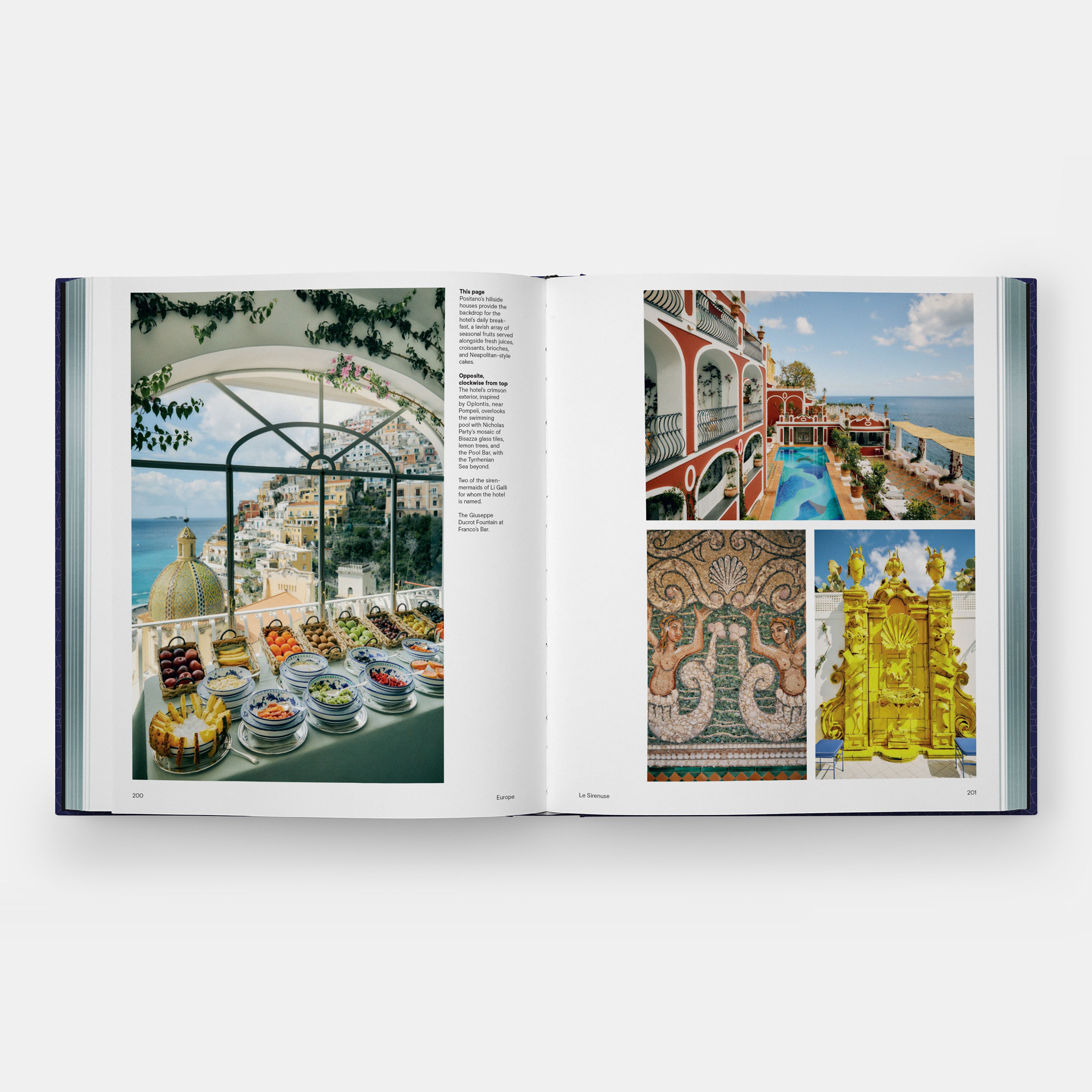
Culture: The Leading Hotels of the World. Spencer Bailey, with a foreword by Pico Iyer. The Monacelli Press.
Felix Burrichter: You have carved out such an interesting space for yourself with The Slowdown and everything else you do. Walk me through your New York media parkour.
Spencer Bailey: [Laughs] It was — and still is — parkour. I moved to New York in September 2008, the week Lehman Brothers collapsed, with aspirations of working in media but no idea how. I worked for the alumni magazine in college and interned at a literary agency, a publishing house, and a music news website. Right after my move, I finagled my way into a job at TAR magazine, then to an internship at Esquire. During that internship, I got into Columbia Journalism School, where I rode out the recession, wrote my first design story, and got on-the-street reporting chops, covering the gentrification beat for an Introduction to Reporting and Writing class. I reported all over the city — in Harlem, Bushwick, the Lower East Side, Long Island City, Astoria — and landed my first publication in a national newspaper covering the link between cupcake shops and gentrification. The story ended up on the front page of the Metro section of the New York Daily News. I parlayed that into an internship at Vanity Fair under Graydon Carter. I met so many amazing people there who brought me on to other gigs, including Claire Howorth, who hired me right after graduation at Tina Brown’s Daily Beast just as it was starting, and another editor, Jon Kelly, who hired me as a stringer at Bloomberg Businessweek.
New York media is high intensity.
It is. Within five months, I was burnt out, which is how I landed at Surface in 2010. I had no real design knowledge, but I loved art, business, and culture, and design is the merging of those things. I remember my interview with Dan Rubinstein very well, because I was honest about the fact that I could only name five architects, including Zaha Hadid, who ended up being my first Surface cover story in May/June 2013. Soon after that, the company was acquired by a new owner and Dan left, and I was offered the editor-in-chief job, which was a “holy shit” moment. I was 27. I had confidence that I could grind and try to make it work, but I didn’t have the hubris to think I was fully ready for the job. Things weren’t that well set up, and I had 12 months to turn it around.
How did you transition out of Surface?
I spent eight years at Surface, including five as editor-in-chief — a healthy amount of time for the role. I had done everything I wanted to do. I’d interviewed everyone from Hadid to Frank Gehry and had the infamous Kanye cover moment. I thought it was time to try something else. I was also exhausted by the state of the media, of always running after the next thing, and I thought there had to be a slower mode Andrew Zuckerman and I had become friends over my time at Surface, and I told him I wanted to start a podcast called The Slowdown. A few weeks later, he suggested we do it together, and that it be a media company, not just a podcast.
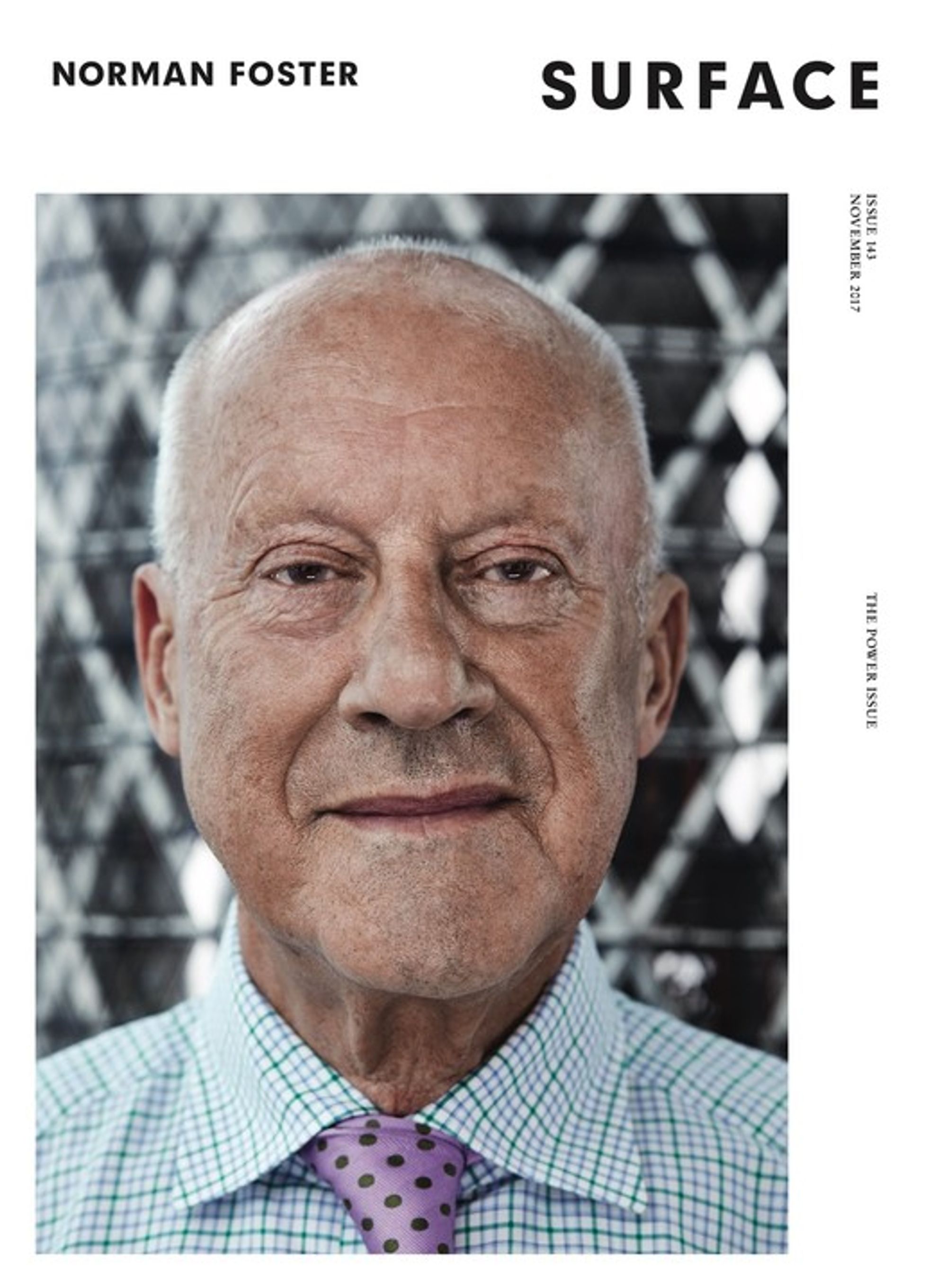
Surface #143, The Power Issue. Photo by Mark Cocksedge. Courtesy Surface.
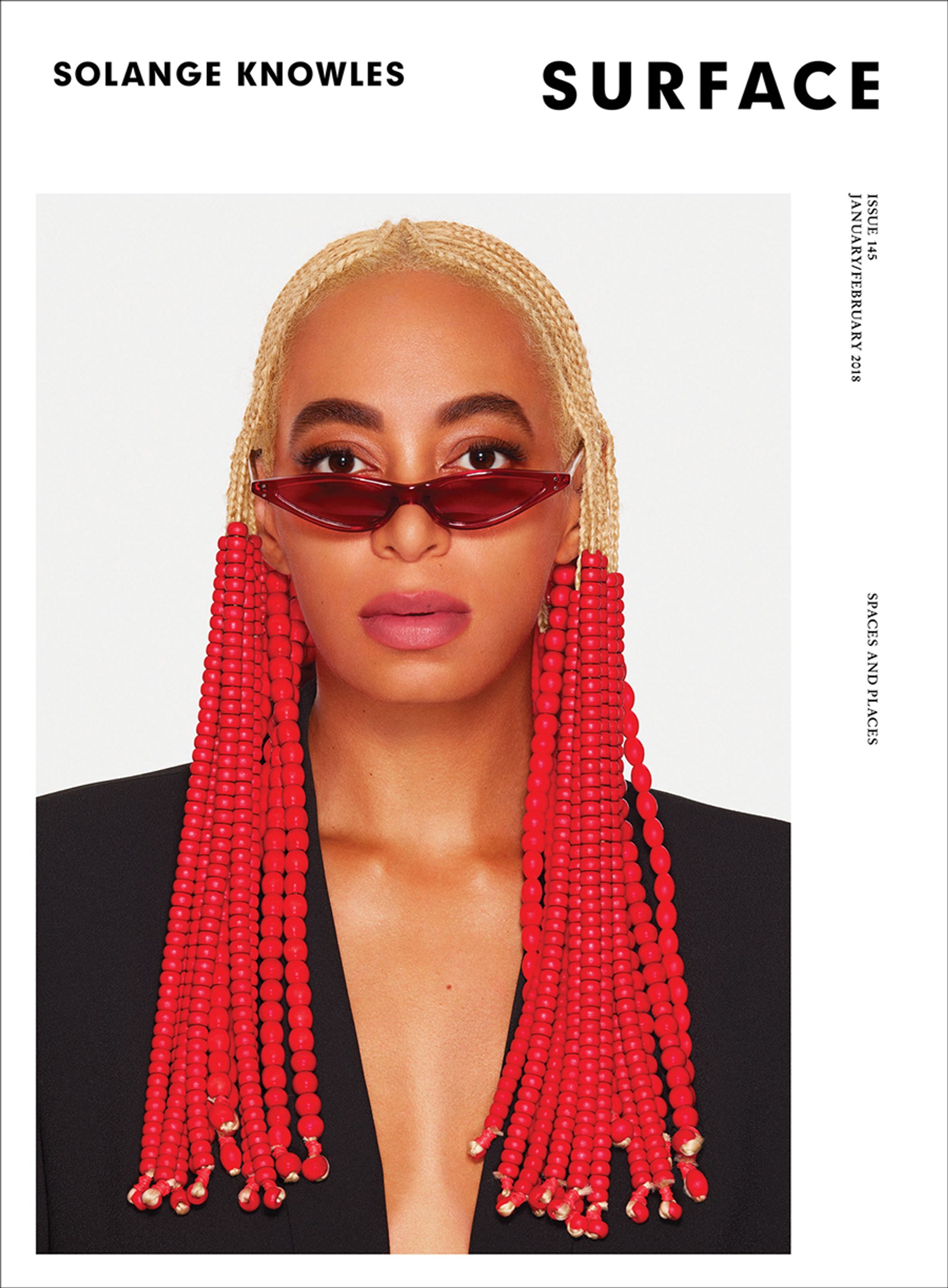
Surface #145, the Spaces and Places Issue. Photo by Andrew Zuckerman. Courtesy Surface.
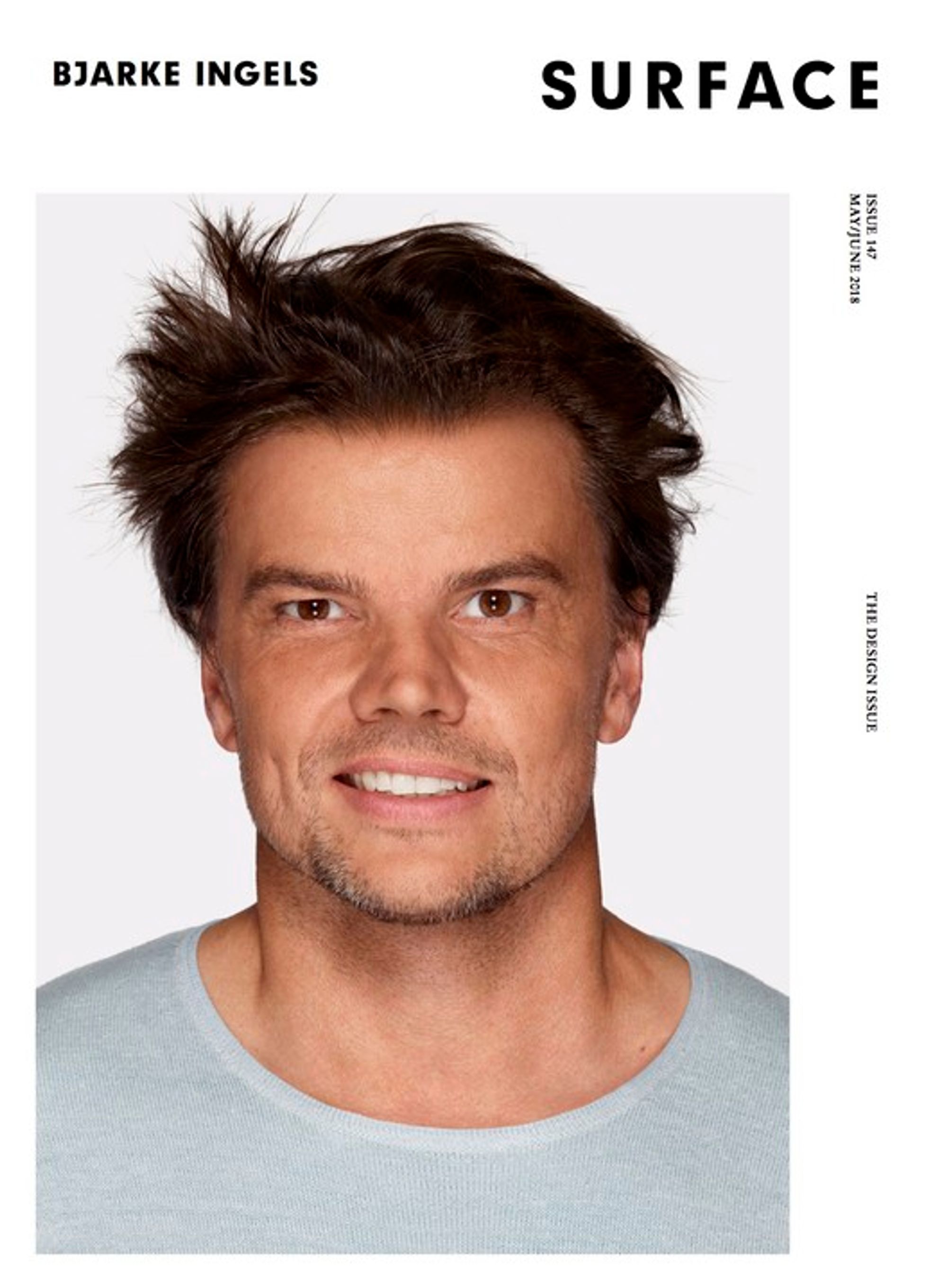
Surface #147, The Design Issue. Photo by Andrew Zuckerman. Courtesy Surface.
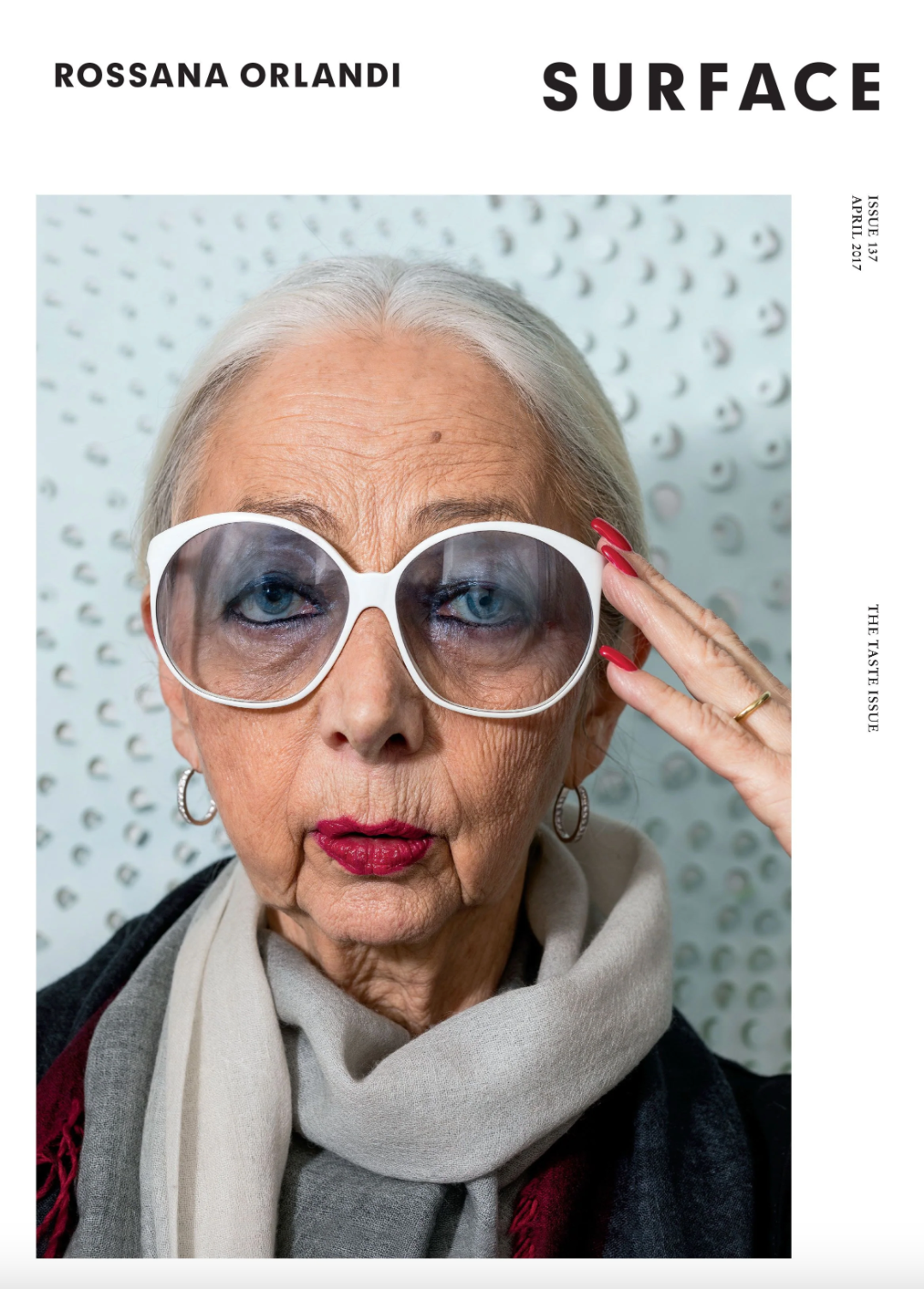
Surface #137, The Taste Issue. Photo by Delfino Sisto Legnani. Courtesy Surface.
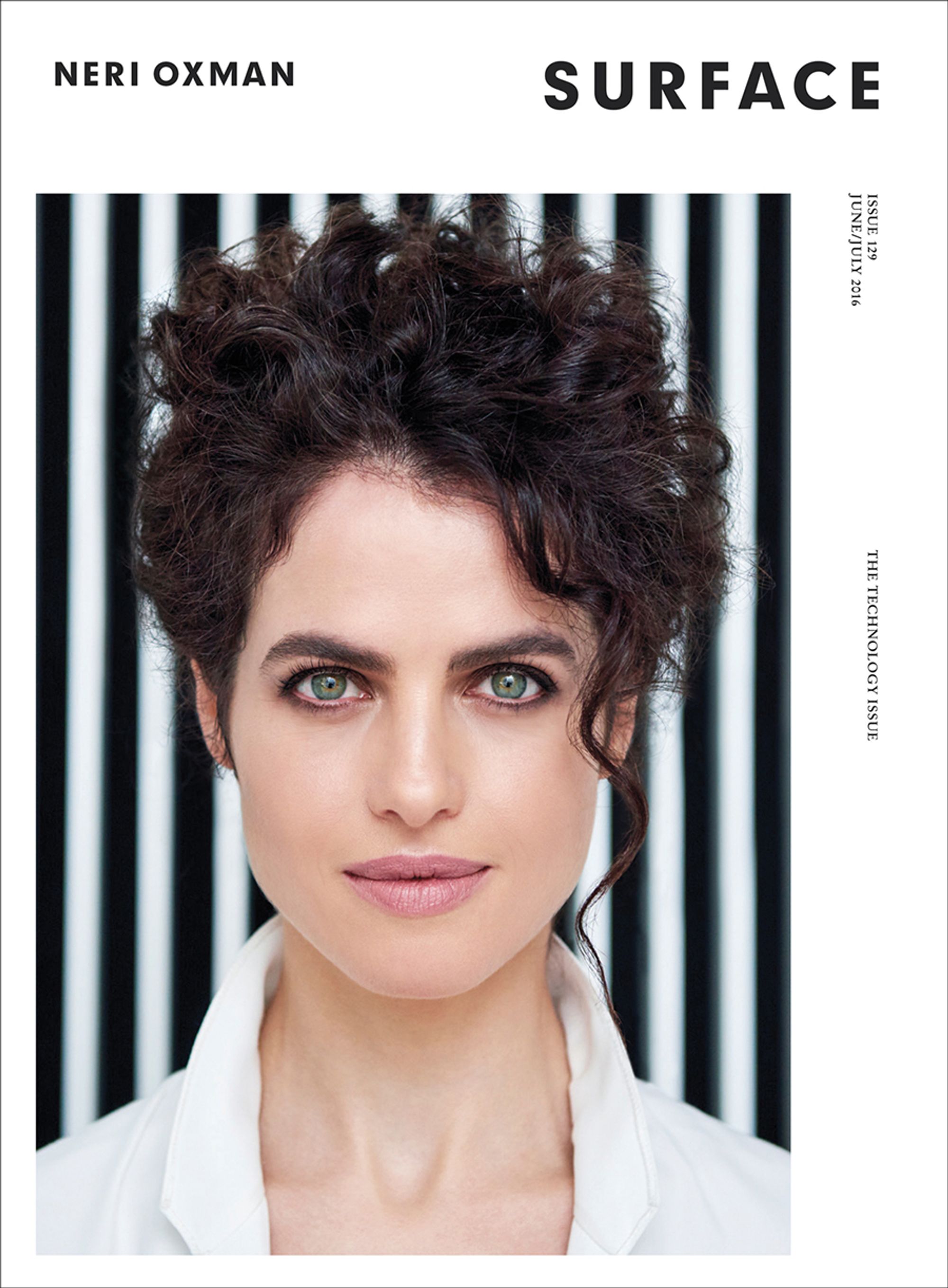
Surface #129, The Technology Issue. Photo by Tony Luong. Courtesy Surface.
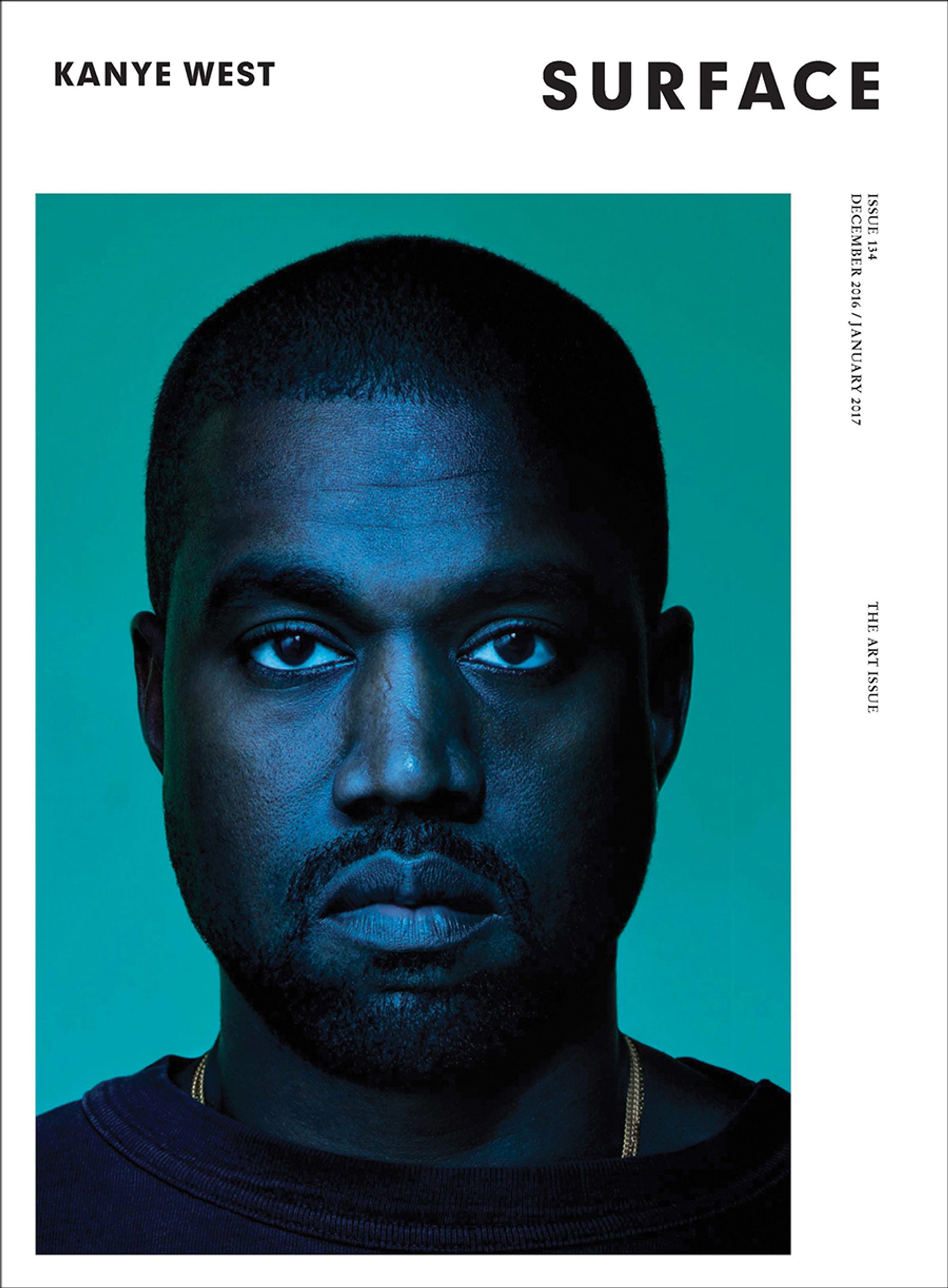
Surface #134, The Art Issue. Photo by Albert Watson. Courtesy Surface.
Why were you thinking about a podcast?
I’d done a lot of live talks during the Surface years. I started its Design Dialogues platform in 2013, where I realized that I had a knack for the live interview. Even though 2019 wasn’t the dawn of podcasting, it was still before everyone and their cousin had one. When I started The Slowdown, I expected the world was going to slow down one way or another, whether it was environmental or political.
You felt that even before the pandemic?
I did, but I definitely did not anticipate the pandemic. It was eerie and strange when after we launched The Slowdown, the world also entered a global slowdown. But with more time to look for meaning, ironically enough, The Slowdown sped up.
I’m curious about your personal relationship to time. You had the idea for The Slowdown before you even fleshed out the concept, so it must have reflected where you were at that moment.
As I said earlier, when I got the idea in 2018, I needed to slow down. But pulling back even further, when I was four, I was in a plane crash and my life changed like that. It was an immediate slowdown where time really did stop. I lost my mom and my world changed. It was a real before and after event — a form of a rebirth, which is very much about time. My relationship to time might also be influenced by my upbringing in the 80s and 90s in Denver. There were single-story ranch houses, views of the Rockies to the west, and everyone biking or rollerblading to their neighbor’s house — it felt like a different time, almost like the 1940s or 50s idea of suburbia. Spending time in nature and in the mountains, I started to value this slower existence.
How has the initial concept of the media company you and Andrew first thought of changed over the past five years?
The first year of The Slowdown was about making things and figuring out how to make money doing that. We started working on it in the fall of 2018, bringing in Susan Sellers from 2x4 to develop the identity and branding. About five months into the process, Minnesota Public Radio launched a poetry podcast with Tracy K. Smith, the U.S. poet laureate at the time, called The Slowdown. Andrew and I thought, “Well, there goes the name.” Then we realized that since we had registered Slowdown Media as a media company, we could keep the name and just change the name of our podcast, which is how Time Sensitive came to be. In the second year, we started doing a lot of behind the scenes branding work for a variety of companies, from crypto to energy and design and tech.
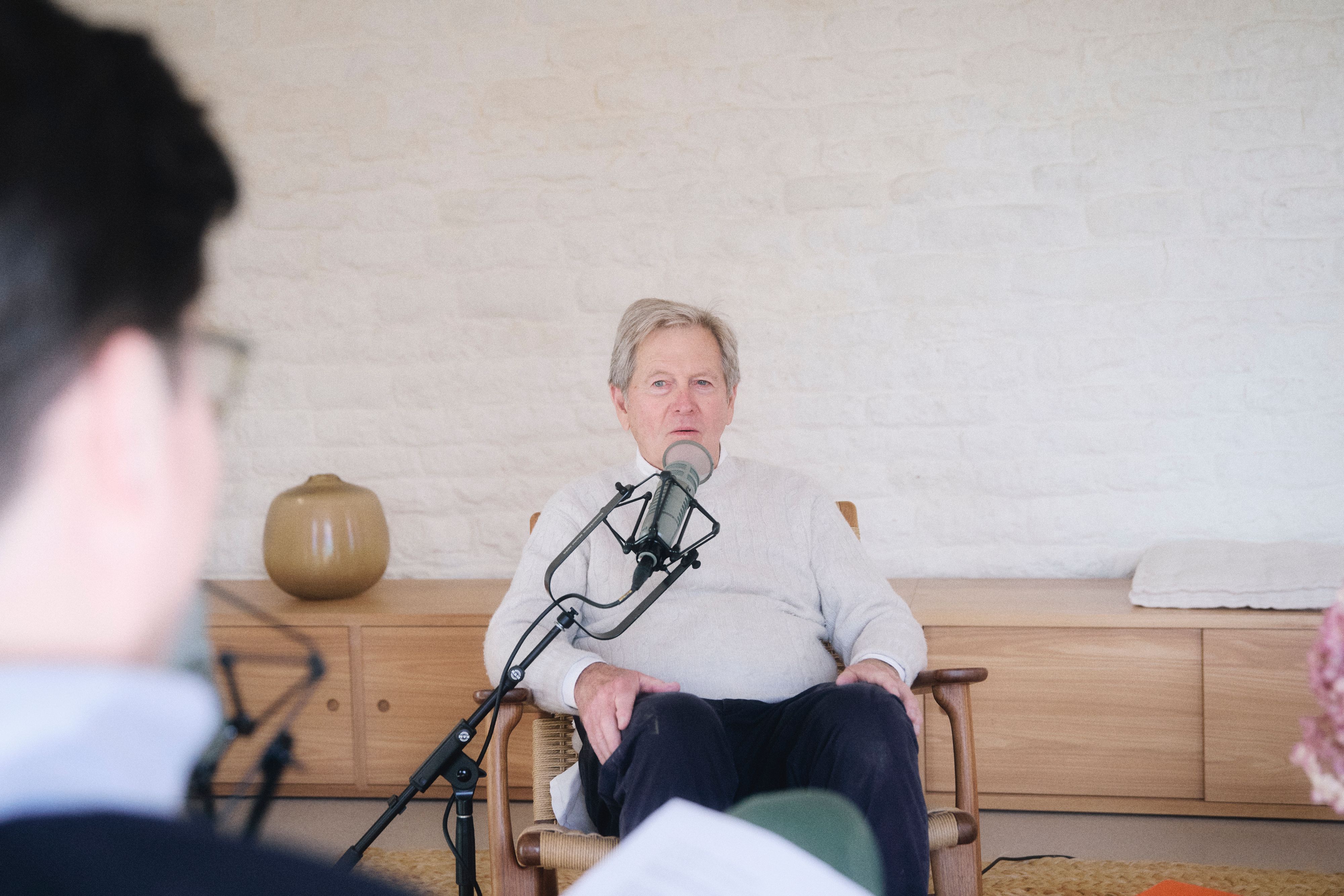
John Pawson being interviewed at his house in the Cotwolds for Ep. 130 of Time Sensitive. Photo by Suzie Howell/Courtesy The Slowdown.
Which is kind of the opposite of a slowdown.
[Laughs]. There’s definitely something cheeky there. I love sending emails with the subject line “Time Sensitive interview requests,” and have people think it’s super urgent, but no, that’s the name of the podcast. I like the double entendre though, because these guests are truly sensitive about how they think about time.
Were these projects similar to the Molteni Mondo book?
They were more from the ground up, in that we were doing everything from working on white papers to making explainer videos. We had an agency and a media company, with the latter funding the former. By year four, Andrew and I realized we either had to raise money to grow and support the company or figure out another mode forward. Ultimately, we decided that it didn’t make sense to have both of us at the helm, so we split, with me buying him out of the business and taking the company forward alone.
Over the last five plus years, you’ve done 140 episodes of Time Sensitive. How many is that per year?
When I took over the business, we also changed our cadence because, as the host of the show and with the amount of research that goes into each episode, I could only do 20 episodes a year — two seasons of ten episodes each. There are two months of pauses in between the seasons, which are great opportunities to pre-record.
One thing I’ve noticed, which is interesting in relation to the theme of time, is that there are rarely any guests under 30 years old on Time Sensitive. Is age a factor when you’re choosing your guests? Do you feel that being older naturally means someone has a deeper or richer perspective on time?
That’s a very astute observation. What binds most of the guests on Time Sensitive is that they make things, whether they’re writers, artists, entrepreneurs, or ceramicists. That creative process is totally imbued with a distinct relationship to time. But if you look at the Surface cover stories I did — Peter Marino, Paola Navone, Richard Branson, Peter Zumthor, Jenny Holzer — a lot of them were over 60 years old. For me, that has to do with the wisdom that comes with time and what you do with it. Xiye Bastida is the only guest under 30 we’ve had on Time Sensitive. She’s an indigenous climate activist raised with values of indigenous thinking that trace back centuries. I think my interview with her is one of the most meaningful we’ve done, purely from a temporal standpoint. When we spoke, she had only been on Earth for 20 years, yet talked about the planet in century intervals, about her grandparents and their grandparents, which was very profound. It’s hard to talk about time compellingly unless you’ve lived through some shit.
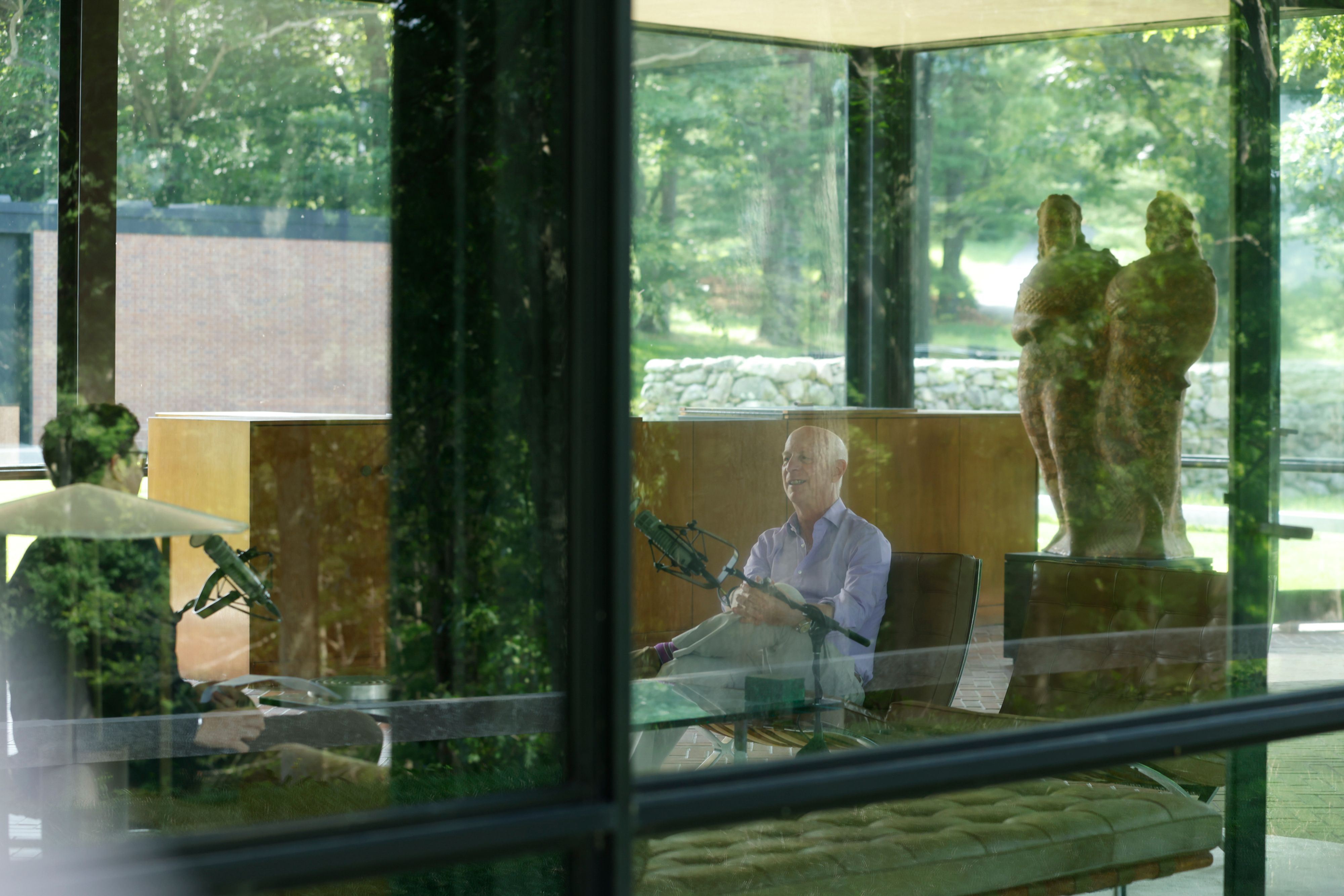
Philip Johnson’s The Glass House, New Canaan, Connecticut, with Spencer Bailey interviewing architecture critic Paul Goldberger inside for Ep. 119 of the Time Sensitive podcast. Photo by Ogata/Courtesy The Slowdown.
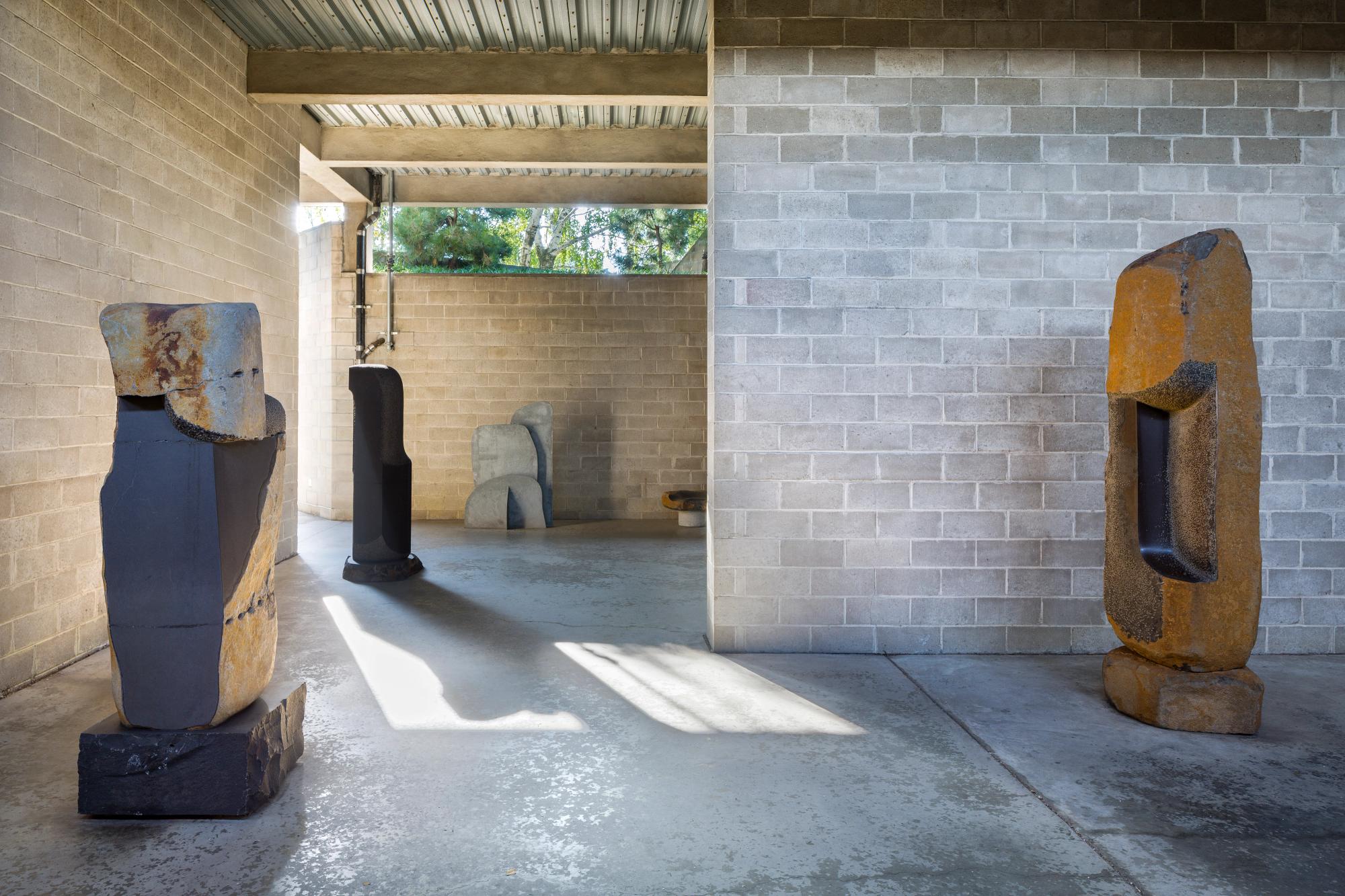
The Noguchi Museum, New York. Photo: Nicholas Knight. © The Isamu Noguchi Foundation and Garden Museum, New York / Artists Rights Society.
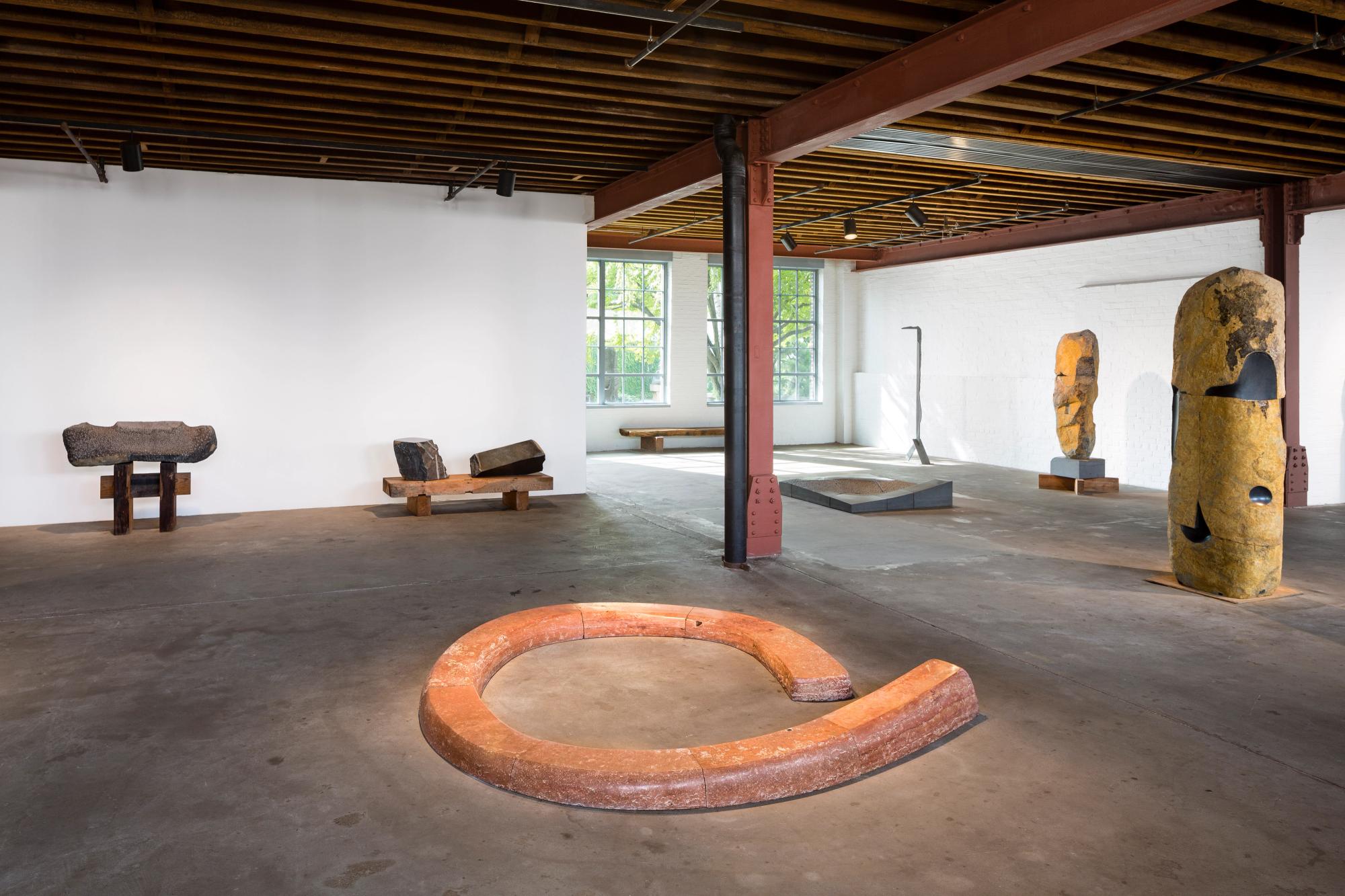
The Noguchi Museum, New York. Photo: Nicholas Knight. © The Isamu Noguchi Foundation and Garden Museum, New York / Artists Rights Society.
It’s an overused word, but you’ve had the privilege to speak to many iconic people on the show. What are some of the all-time interviews for you?
Not that tears are a sign of a good interview, but last fall, I interviewed Jonathan Lethem. When researching for that interview, I realized that both of our moms died at age 36. I didn’t want to bring it up and insert myself into the conversation, but during the interview I realized it would be a mistake not to, so I mentioned it. It took him out of himself. It was as if time slowed for the both of us at that moment, and we both began to weep. Another all-time special moment was getting to interview Jhumpa Lahiri. I wanted to become a writer after I read her book, Interpreter of Maladies, when I was 17. I still think it’s one of the greatest anthologies of all time. Reading those stories about the Indian diaspora and immigration made me realize the power of language and words. We really bonded during the interview. A month later, we hung out in Rome, drinking wine on her terrace with our partners and watching the sunset. This is part of why we do every single interview in person. You can’t accomplish what we’ve done with the show over a Zoom screen.
So none of those 140 plus interviews were done remotely?
None. Zero. A few of them are what I’ve coined “site-specific” episodes, which are when we interview at sites of interest. So, for example, for the Robert Wilson episode, we went to The Watermill Center and interviewed him in his archive room. I interviewed Mira Nakashima, at the Sanso Villa at the George Nakashima Woodworkers compound in Pennsylvania. Last summer, I interviewed Paul Goldberger inside Philip Johnson’s Glass House. We could have done it in our basement in Brooklyn, but I thought it would be more interesting to interview him inside the house as it turned 75, because he’s the chair of its advisory council. The house became a personality in the episode — you hear this tinny glass sound throughout the recording. In the Mira Nakashima episode, you can hear birds chirping, and at one point, in this beautiful moment, an acorn falls on the roof, and she goes, “Oh, an acorn.”
What’s your involvement with The Noguchi Museum and the Glass House?
I didn’t know who Noguchi was when I first went to The Noguchi Museum. I went in and was like, “What is this place? Who made these sculptures? This is incredible.” Then I realized it was the same guy who made that famous coffee table and those [Akari Light Sculptures] paper lanterns. I became obsessed and later cold emailed the director of the museum at the time, Jenny Dixon, to meet for breakfast. When we met, I talked about how there was a whole audience just waiting to discover or rediscover Noguchi, and she agreed and invited me to be on the board in 2015. It’s been one of the most rewarding journeys of my life. My role on the advisory council of the Glass House is more recent. That came about in 2024 through a piece I’d written for Town & Country about the Brick House. I’d had the chance to go to the house in the final stages of its reconstruction and was taken to go see Philip Johnson’s library, which was in storage and had been closed to the public since 2007. I pulled out book after book and really got to understand Johnson the epicurean and Johnson the contrarian. I learned about his fashion sense and how he studied Texans in order to get architecture gigs there — he was a gay man working in the most conservative state in the country.
The Noguchi Museum and the Glass House are very different.
They are, but I feel like both Noguchi and Johnson and those spaces share a certain ethereality, even though one is very hard-lined and Modernist, and the other is this organic garden of stone and metal in Queens.
One is also more introverted while the other is extroverted. Johnson being the extrovert.
Which is also the case with the Glass House and the Brick House. Paul Goldberger very astutely told me how he views the Glass House as incredibly restricted, even though it pretends it’s all about transparency. Whereas Johnson could be whoever he wanted to be in the Brick House because it was entirely closed. In the Glass House, with the neighbours peeping in, he couldn’t.
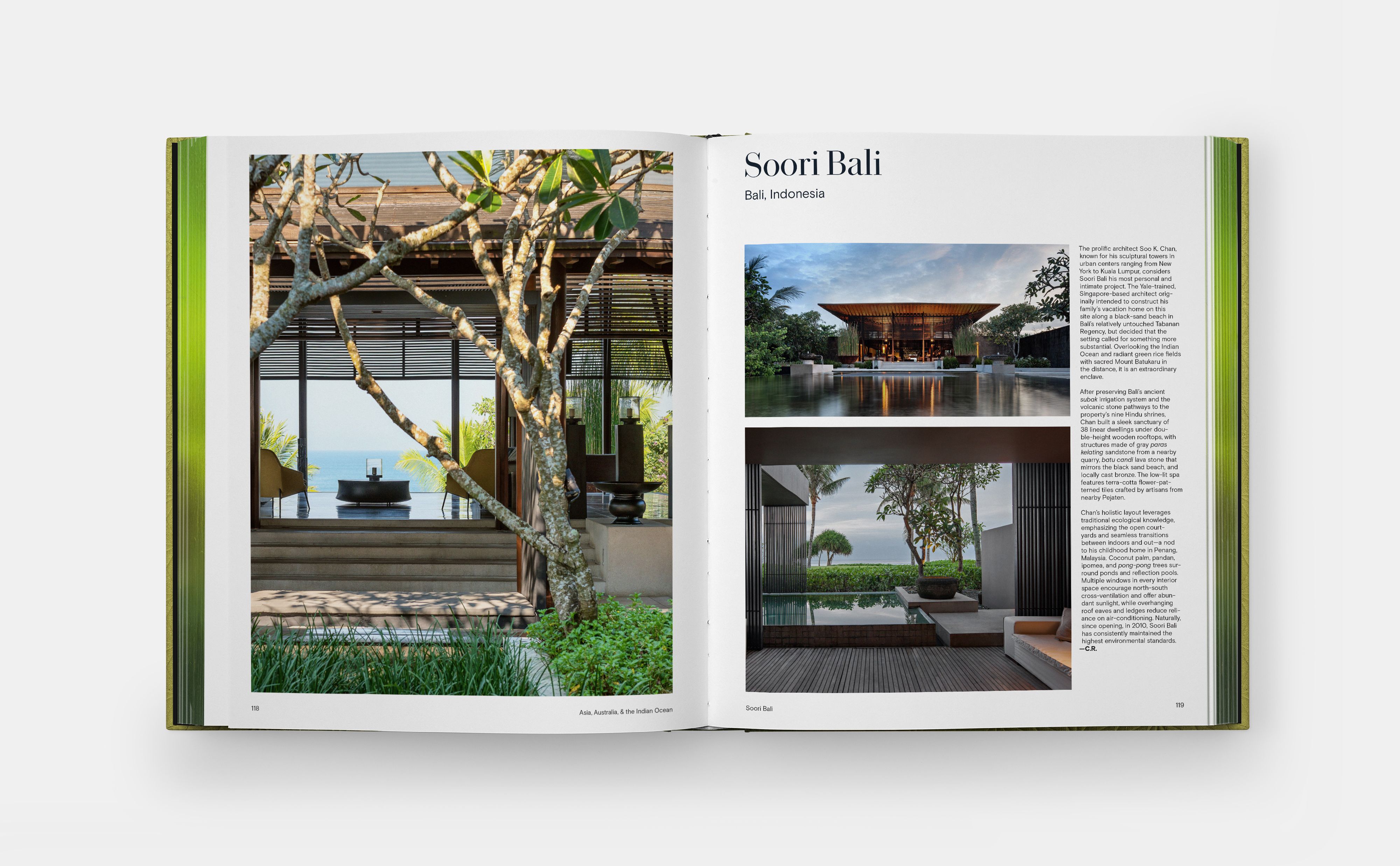
Design: The Leading Hotels of the World. Spencer Bailey, with a foreword by Paul Goldberger. The Monacelli Press
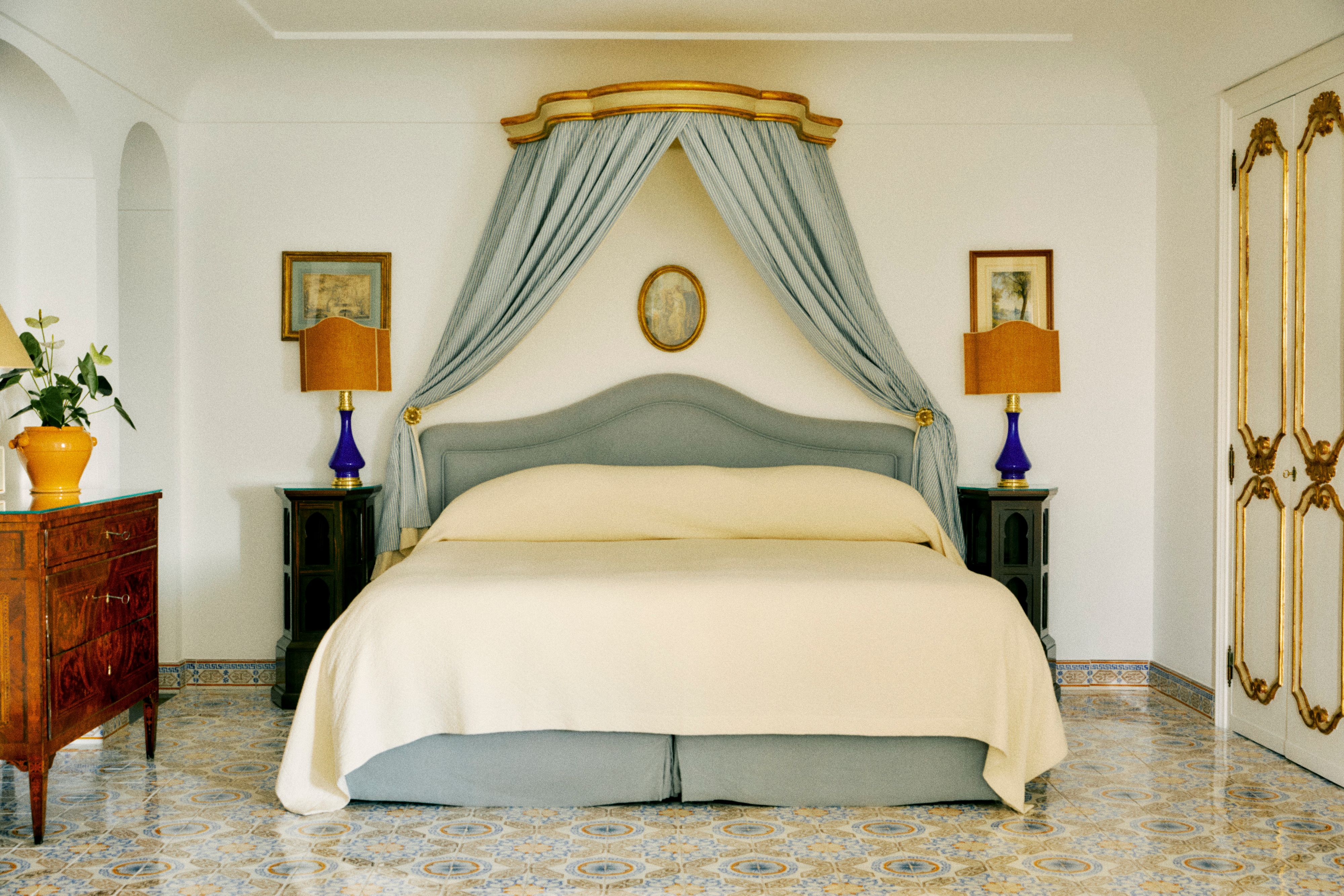
Le Sirenuse in Positano, Italy, from Culture: The Leading Hotels of the World. Spencer Bailey, with a foreword by Pico Iyer. The Monacelli Press.
Let’s talk about books! You make lots of them. When researching for this interview, your book with Phaidon, In Memory Of: Designing Contemporary Memorials, stood out because time and honoring time is really what memorials are about. Can you explain your role at Phaidon and your involvement with books?
After announcing that I was leaving Surface, I was invited to be Phaidon’s editor-at-large by the [now former] CEO, Keith Fox, and [Editorial Director] Emilia Terragni. The first book I pitched to them was In Memory Of, which I spent three years writing. Having had an image of myself being carried out of a plane crash turned into a memorial, making that book allowed me to look at something deeply personal to me while exploring the global culture of memorial-making that became very prolific post-Maya Lin’s Vietnam Veterans Memorial. Memorials are some of the greatest spaces on Earth because they combine the power of art and architecture, which Noguchi knew all too well. The book makes a case for abstraction over figuration and argues against placing the human figure and form on a pedestal, and more towards spaces that allow what I call a “polyvocal experience”, where there’s multiple voices and things at play that aren't just a statue telling you how to remember something. Multiple meanings and metaphors are imbued throughout the whole thing. Later in 2023, again in a fortuitous happenstance, I was asked to pitch on a Leading Hotels of the World project, after meeting the CEO, Shannon Knapp, at a holiday party. We’re making five books: one book a year for five years. We published the first one, Design, in December last year, and the second, Culture, this past June. The next two books will be published in consecutive Junes, and the fifth and final book’s release will coincide with Leading Hotels’ 100th anniversary.
How would you describe the current media landscape, and where do you position The Slowdown in that?
I think the media landscape has become so fractured and noisy. We’re leaning into the slow thing with in-person interviews and intimate, long-form conversations. I describe us not as a media company, but as a culture-forward media company, meaning that we view culture as the most important thing that’s feeding the planet. People really desire community, so I’m trying to build a whole community around The Slowdown. In 2023, we celebrated our five-year anniversary and threw this big dinner at Eleven Madison Park, inviting more than 25 former Time Sensitive guests. It was wild to have that brain power in a room together. It felt like the modern day version of the Algonquin Round Table, with Daniel Boulud sat next to culinary historian Jessica B. Harris, plus Ghetto Gastro’s Jon Gray sat next to Kim Hastreiter and Teresita Fernández and Elizabeth Alexander. The list goes on. That was the room! I hope that’s a microcosm of what The Slowdown is on a much bigger scale. What time is it?
We’re almost done! Now that you’ve celebrated your fifth anniversary, you’re one year past what you said is the ideal amount of time to be an editor-in-chief. Are you looking back?
I’m turning 40 this year and when you have those big birthdays, it’s usually a moment to reflect on all you’ve accomplished, but also, by this age, many of your most formative interviews have started to pass away, and you realize how sacred and important those conversations were. When I spoke to Tina Barney two years ago, she said this work was important because it was for posterity. I really do think these conversations will become archived and become part of that posterity for a lot of people. I first felt that when Zaha Hadid died. Our conversation was one of her last in-depth interviews. It was the same for Rodney King. I had a mini column at the New York Times Magazine and I was one of the last people to interview him. To be able to say and know that I had the opportunity to bring someone’s valuable words into the world and be that vessel for them is so humbling.
I always feel very keenly aware and mindful of this when covering people who are either very, very young, where their practice will be shaped by what you put out there about them, or people who are very, very old, knowing that that will be a reflection on their legacy.
Last year, I interviewed the oldest guest we’ve had on Time Sensitive, Thaddeus Mosley, a 99-year-old sculptor from Pittsburgh. He is the closest living artist to Brâncuși and Noguchi, in my opinion. Getting to interview Thaddeus was another one of those moments of like… wow.